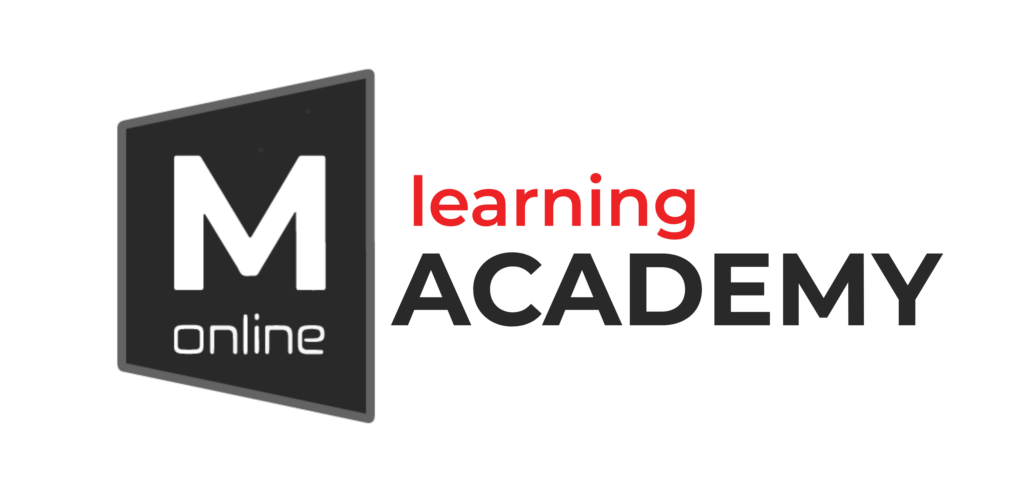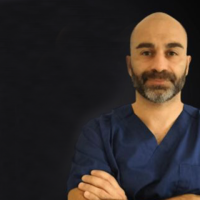Vestibular rehabilitation for balance and postural disorders
Introduction
Are you an osteopath or physiotherapist looking to expand your knowledge and skills in the field of vestibular rehabilitation? Look no further than our course, “Vestibular Rehabilitation for Balance and Postural Disorders.”
Through this comprehensive course, you will gain a deep understanding of the influence of the vestibular system on human posture and movement, as well as the sensorimotor GPS and its impact on balance and the postural tonic system. You will also learn about the neurophysiology of the nervous system, the principles of neuroscience and neuroplasticity, and how they can be applied in the therapeutic process of vestibular rehabilitation and postural rebalancing.
Our course also covers the role of sensory mismatch in both movement and chronic pain and teaches you how to recognize the level of “dysfunctionality” of the vestibular system and identify specific manoeuvres and exercises to bring it back to optimal performance. We will also explore the biopsychosocial aspects related to balance disorders and provide education on the issue.
Additionally, you will learn how to carry clinical evaluations linked to your clinical reasoning to apply the best strategies for rehabilitating disorders related to balance and posture, and how to perform physical tests for evaluating the functionality of the vestibular, visual, and proprioceptive systems. We will also cover Red Flags and when to interact with the therapist if necessary.
Finally, our course will teach you how to stimulate the vestibular system with specific movements to improve balance, while also considering problems with the spine (such as cervical spine), column deviations, scoliosis, and more. You will learn how to apply a therapeutic intervention programme using manual therapy techniques, exercises for stabilising vision, vision training exercises, and exercises for the proprioceptive system.
Join us for this comprehensive course and expand your skills in vestibular rehabilitation for balance and postural disorders!
- Patient symptoms of hypothetical vestibular origin symptoms:
- Dizziness
- Unbalance, falls
- Positional vertigo
- Positional provoked nystagmus
- Disorientation
- Functional postural alterations
- Tinnitus
- Visual fatigue, discomfort in the light
- Kinesiophobia
- Anxiety, depression
- Red flags:
- Prolonged continuous vertigo + 24H
- Spontaneous vertical nystagmus
- Syncope
- Vomit
- Fever associated with symptoms
- Pathologies of the central nervous system
- Peripheral nervous system disorders
- Metabolic pathologies
- Drugs, medicines
- Connections of the vestibular system:
- Autonomic nervous system
- Cerebellar connections and regulation of balance, coordination, motor learning
- GPS sensory motor
- Vestibular cortex
- Vestibular Reflexes
- Vestibular System Output
- Examination of the vestibular system:
- Romberg test
- CBsit (pad)
- Dynamic visual acuity
- Swivel chair test
- Subjective visual vertical test
- Gait
- Postural examination
- Static exam
- Scoliosis
- Foot support
- Passive/active ROM testing (spine)
- Postural assessment and neurological tests:
- Cervical spine tests
- Functional mobility test
- Integration with passive tests
- High cervical ligaments
- Motor control test
- Vertebrobasilar exam
- Visual tests:
- Basic visual examination
- Testing of the semicircular canal function
- Testing otolith function
- Vestibular training application:
- Vestibular maneuvers
- Application strategies
- Vision stabilization with VOR
- Cervical motor control
- Visual training
- Visual skills
- Functional exercises
- Balance rehabilitation:
- Gradual and dosed exposure
- Multisensory integration exercises
- Global postural rebalancing
Balance rehabilitation is based on a gradual and controlled approach, aimed at restoring the functions performed by the vestibular system, vestibulo-ocular reflexes, vestibulo-spinal reflexes, vestibulo-cervical reflexes, and optokinetic reflex, through neuroplastic adaptation of the central nervous system, or sensory substitution in cases of permanent damage.
The exercises are dosed in a way that reactivates inhibited systems and inhibits hyperactive systems of the vestibular system. These are multisensory integration exercises that exploit the neuroplasticity of the nervous system and create effective solutions to resolve balance or postural deficits, enabling patients to return to normal life.
Global postural rebalancing can be achieved through structural, myofascial, and visceral rebalancing techniques, and must be combined with exercises for visual stabilization, cervical motor control, and visual exercises to improve global postural work in all aspects.
Before implementing the rehabilitation protocol, the patient’s data must be collected, and provocative tests must be performed. These tests can be combined with other structural tests to provide the broadest possible view of the problem. The rehabilitation protocol must be integrated with physiotherapy and osteopathy.
The choice of exercises must be based on tests, clinical reasoning, and the progress of the rehabilitation, while also considering the psychosocial aspects.
Learning objectives
- Understand the influence of the vestibular system on human posture and movement.
- Comprehend the role of the vestibular system in the regulation of balance and the postural tonic system.
- Understand the principles of neuroscience and neuroplasticity as they apply to vestibular rehabilitation and postural rebalancing.
- Recognise the impact of sensory mismatch on movement and chronic pain.
- Identify specific manoeuvres and exercises to improve the performance of the vestibular system.
- Understand the biopsychosocial aspects related to balance disorders and provide education on the problem.
- Learn how to carry out data collection and clinical reasoning to apply effective strategies for rehabilitating balance and posture disorders.
- Perform physical tests to evaluate the functionality of the vestibular, visual, and proprioceptive systems.
- Recognise Red Flags and take appropriate action when necessary.
- Learn how to stimulate the vestibular system using specific movements to improve balance, while considering spinal related problems including scoliosis.
- Apply a therapeutic intervention program that includes manual therapy techniques, exercises for stabilising vision, vision training exercises, and exercises for the proprioceptive system.
Research supporting the course
https://www.ncbi.nlm.nih.gov/pmc/articles/PMC3259492/pdf/jcn-7-184.pdf
https://www.physio-pedia.com/Introduction_to_Vestibular_Rehabilitation
https://www.researchgate.net/publication/221761288_Vestibular_Rehabilitation_Therapy_Review_of_Indications_Mechanisms_and_Key_Exercises
https://www.youtube.com/watch?v=P3aYqxGesqs https://www.youtube.com/watch?v=r_6y2D-6oDQ
Looking to take your skills as a physiotherapist or osteopath to the next level? Look no further than the Marco Maccari!
Physiotherapist specialized in Sports Rehabilitation and balance disorders.
Trainer specialized in Functional Neurology applied to Performance.
Creator of the FMO Kettlebell Athletic Training Method by @4moveacademy.
Instructor in HMO Method, FMO Kettlebell, Vestibular Training, Low Back Pain Re-Conditioning by @4moveacademy.
Marco Maccari - MSc, BSc

Osteopaths, Chiropractors, Physiotherapists, Manual Therapists
Certificate of continuous professional development (CPD) issued by Medi-Cine Online Learning Academy
Italian
25
21 h
3 days - 1 Module
On completion of the course, participants will not be entitled to call themselves osteopaths without the possession of professional license or registration as osteopaths from a competent healthcare regulatory authority. The course tutor will not be responsible for damage caused by participants to colleagues during the course or subsequently to their patients in clinical practice.



